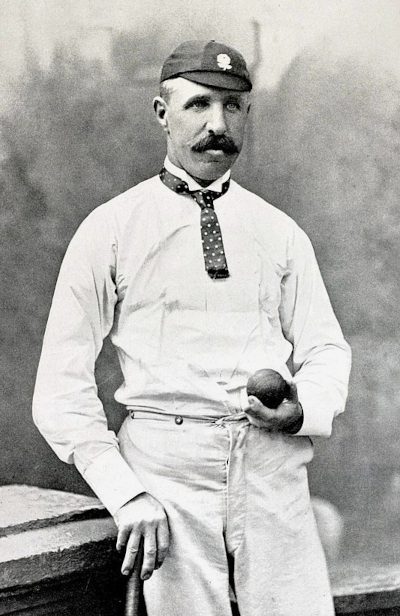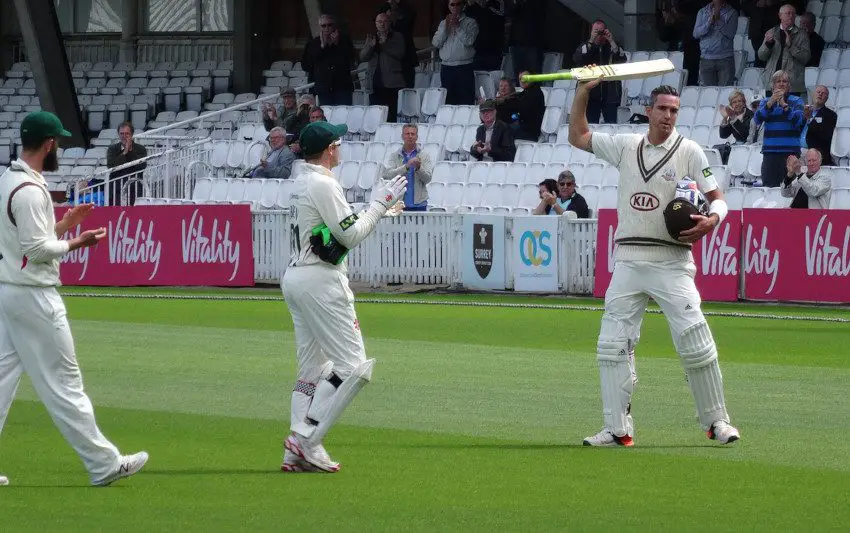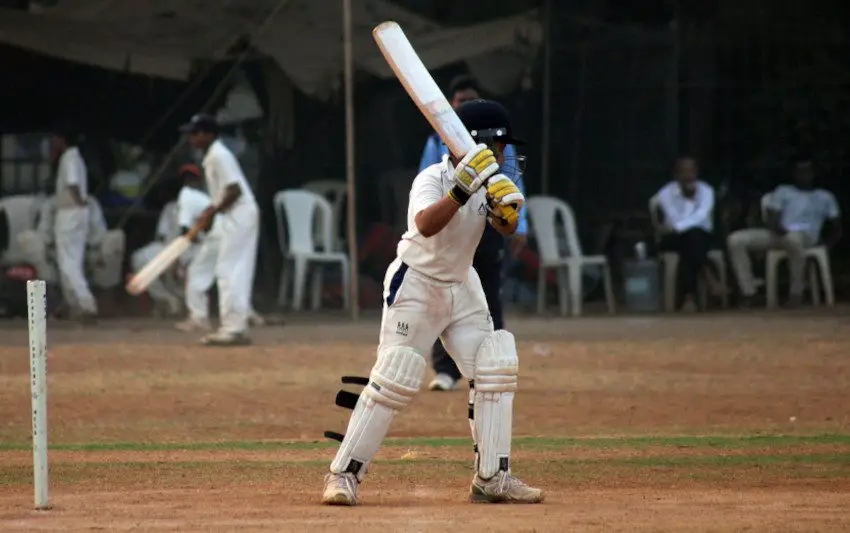Table of Contents
It’s a feat that sees bowlers enter the history books but what is a hat trick and which have been the most memorable instances in the game of cricket?
What is a Hat Trick in Cricket?
A hat trick is defined by a bowler taking three wickets in three consecutive deliveries. Those deliveries can be spread across separate overs or, in the case of first class cricket, separate innings. However, hat tricks cannot be carried out across different games. Dismissals are those which are credited to the bowler – e.g., bowled, caught, lbw and stumped.
What is a Double Hat Trick?
A double hat trick is often used to describe the feat of a bowler dismissing four batsmen in consecutive balls. Some may think it should be used for six wickets in six balls but this isn’t the case.
In theory, there are two hat tricks in this scenario – wickets 1, 2 and 3 plus wickets 2, 3 and 4. For that reason, four wickets in four balls is called a double hat trick.

Brief History of Cricket Hat Tricks
When was the First Hat Trick?
Early records are hard to pin down but we do know that one of the first ever hat tricks in test cricket was claimed by Australia’s Fred Spofforth.
The 1879 game against England was only the third test of all time and the man known as the ‘Demon Bowler’ dismissed England’s Vernon Royle, Francis Mackinnon and Tom Emmett in consecutive deliveries.
The Origin of the Term
It’s said that the term ‘hat trick’ which is applied to many sports, actually originated with cricket. In early club games, a bowler was presented with a new hat if they dismissed three batsmen or forced them to retire.
Even in those early days, the feat had to be carried out with three consecutive balls. It’s a trick that wins a hat so it’s a ‘hat trick’.
5 Unique and Historic Hat Tricks
1. Hat Trick in Three Different Overs
In the Australia v West Indies test series back in 1988, the Windies’ Courtney Walsh had earlier become the first man in test cricket to take a hat trick across two innings. Later in that same series, Australia’s Merv Hughes would outdo his West Indian fast bowling rival.
With the final ball of his 36th over, Big Merv dismissed Curtly Ambrose. West Indies’ last man, Patrick Patterson, was in for the first ball of Hughes’ 37th over and he was also out.
That left the Aussie quick with two wickets in two balls across two overs. A unique and historic hat trick awaited and he didn’t disappoint. With the very first ball of his first over in West Indies’ second knock, Hughes trapped Gordon Greenidge LBW.

2. Hat Trick in Two Innings
In first class cricket, a hat trick was recorded as early as 1844. Underarm bowling was the trend at the time and England’s William Clarke became the first man to claim a hat trick across two innings of the same match.
Another unusual aspect of Clarke’s feat was the fact that one batsman, John Fagge was dismissed twice. Fagge batted at number 11 in the first innings and at 3 in the second. This is believed to be a unique feat in first class cricket.
3. Hat Trick in Three Overs and Two Days
While this wasn’t a first class game, the hat trick claimed by Australian club cricketer Stephen Hickman in 2002 is worthy of mention. Playing for Power House against Gunbower United, Hickman claimed Gunbower’s ninth wicket with the final ball of his third over.
With the first ball of his fourth over, Hickman cleaned bowled last man Richard Higgins. Power House then batted and, in Gunbower’s final knock, Richard Higgins came in at number six. Hickman was brought on and bowled Higgins again with his first ball.
The hat trick must surely have been unique in the sense that it took place in three overs across two days. The same batter was involved twice while the non-striker, Chris Taylor, was present for all three dismissals.
4. Hat Trick in a Test Debut
As of 2022, three bowlers have taken a hat trick on their test match debut. Back in 1930, England’s Maurice Allom did this against New Zealand in the Kiwis’ first test. Allom also went on to become the first player to take four wickets in five deliveries.
The next instance came in 1976 when New Zealand’s Peter Petherick claimed a hat trick on debut against Pakistan.
The most recent case came along in 1994 when Australia’s Damien Fleming took three in three balls against Pakistan in Rawalpindi. The hat trick came across two overs and the victims were Aamer Malik, Inzamam-ul-Haq and Saleem Malik.

5. Two Hat Tricks in Test Cricket
Jimmy Matthews may not be the most recognisable name in cricket but students and statisticians of the game will know him well. Playing for Australia against South Africa in 1912, Matthews became the first, and so far only, bowler to take two separate hat tricks in a test match.
In South Africa’s first innings, Matthews took the last three wickets to fall in consecutive deliveries. When the South Africans batted for a second time, he struck again with the sixth, seventh and eighth wickets.
It’s difficult enough to take one hat trick: Many of the world’s best bowlers have never claimed one so it’s no great surprise to learn that Jimmy Matthews’ feat has yet to be equalled.
The Most Hat Tricks
It’s a supremely difficult feat and a hat trick is a true mark of a bowler’s quality. For that reason, hat tricks are collected across all formats and bowlers try to outdo each other with their statistics.
International cricket, the IPL and other domestic tournaments can all contribute. In the history of the game, Sri Lanka’s slinging fast bowler Lasith Malinga currently holds the record with five overall hat tricks. Pakistan’s Wasim Akram is next with four while a number of bowlers, including Jimmy Matthews, Stuart Broad and Trent Boult, have two each.
Also check out the player(s) with the most hat tricks in the Indian Premier League.


